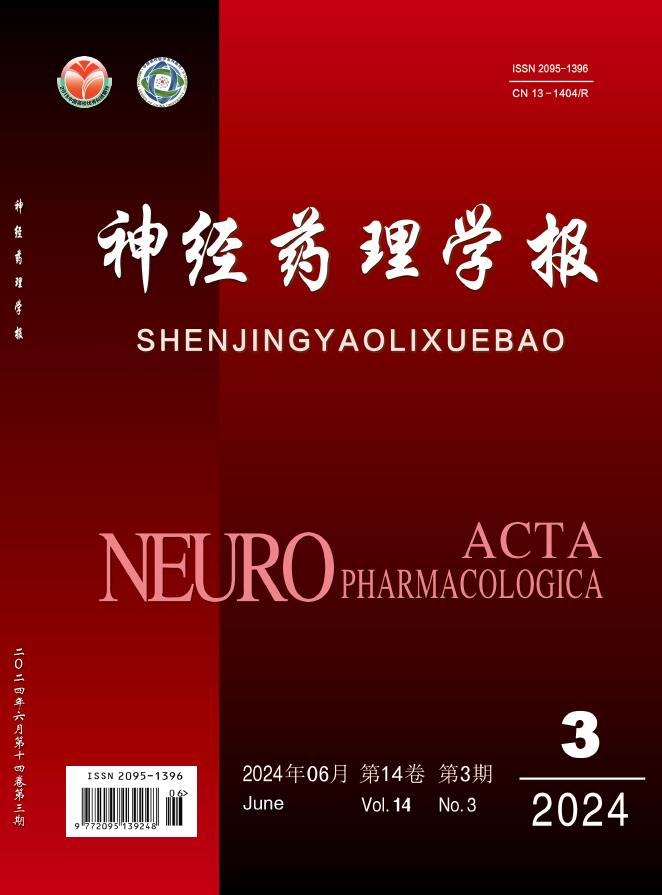Objective:This article aims to analyze the differences in efficacy and safety
of recombinant human growth hormone (rhGH) treatment in children with idiopathic short
stature (ISS) with different body mass indexes (BMI). Methods: ISS patients who received
rhGH treatment at the First Affiliated Hospital of Hebei North University were selected as the
research subjects. According to the growth standards for children under 7 years old and the
gender age specific body mass index (BMI) overweight and obesity thresholds for Chinese school
aged children and adolescents aged 6~18, ISS patients were divided into normal BMI group, overweight group and obese group. The height (Ht), body mass index (BMI), growth velocity (GV),
height standard deviation score (HtSDS), insulin like growth factor-1 (IGF-1), insulin like growth
factor binding-protein-3 (IGFBP-3), fasting blood glucose (FBG), thyroid function and liver
function of three groups were measured before treatment, 3 months after treatment, and 6 months
after treatment. Results: After rhGH treatment, the levels of Ht, GV, HtSDS, IGF-1, and IGFBP-3
in the three groups of ISS patients increased compared to before treatment (P<0.05). The amount
of increase in Ht, GV, and HtSDS in children with normal BMI were significantly higher than
those in the overweight and obese groups (P<0.05), while there was no significant difference
between the overweight group and obese group (P>0.05). After 6 months of treatment, the BMI
of children with normal BMI increased compared to before treatment (P<0.05), while the BMI of
overweight group and obese group decreased compared to before (P<0.05). rhGH treatment has
no significant effect on fasting blood glucose, thyroid function and liver function. Conclusion:
rhGH can significantly increase the levels of Ht, HtSDS, GV, IGF-1, and IGFBP-3 in children
with ISS. The therapeutic effect of ISS patients with normal BMI is significantly better than that
of overweight group and obese group. There is no significant difference in the therapeutic effect
between overweight and obese ISS patients, and rhGH treatment has great safety.

